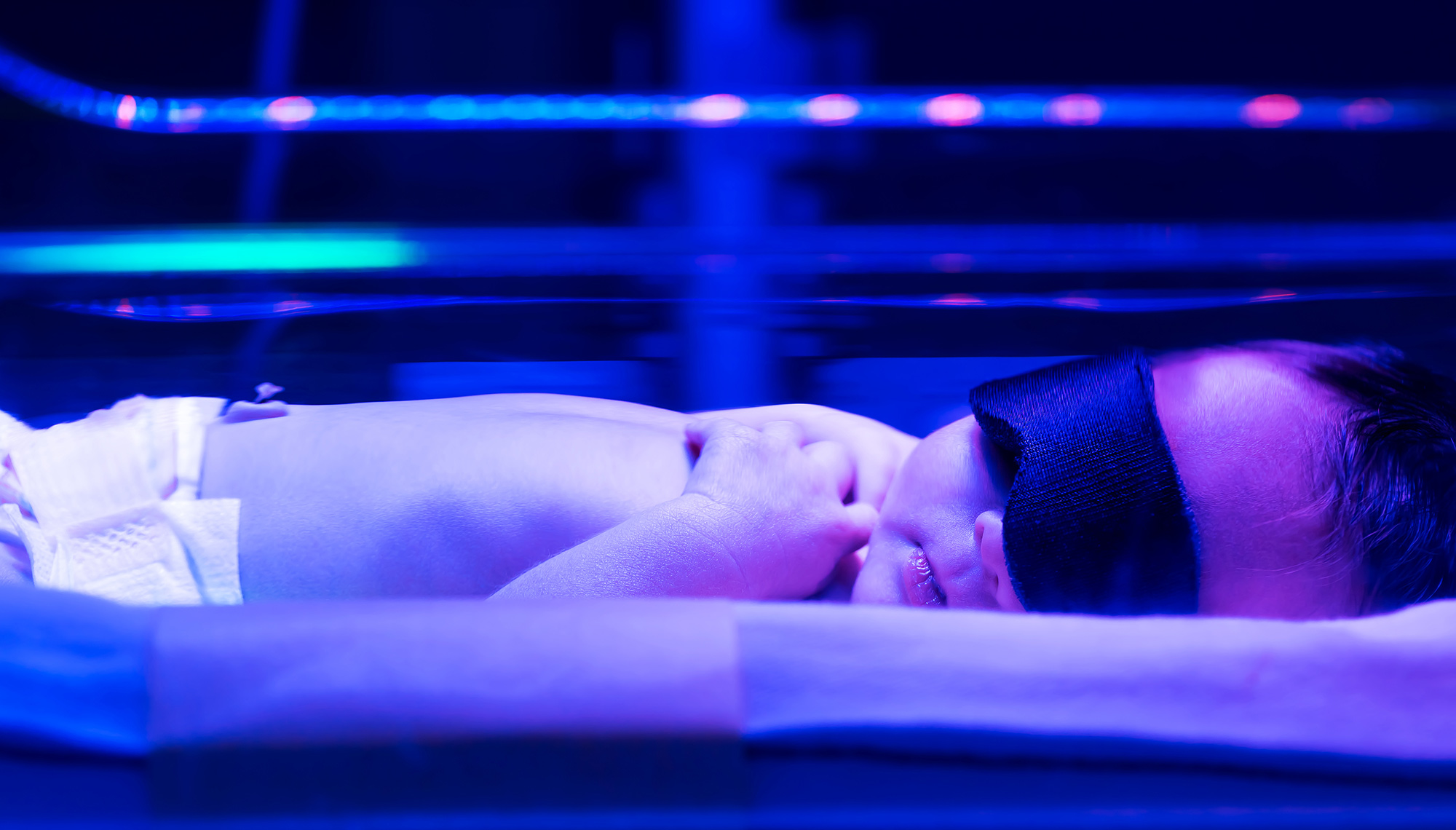Understanding Photobiological Compliance Requirements for Medical Devices

17 Sep 2024
Navigating the Complexities of Light-Based Medical Device Standards to Ensure Safety and Compliance in a Growing Market
Ensuring the safety and compliance of photobiological devices is paramount in today's evolving medical landscape, especially as more light-based therapies and diagnostic tools are being developed for both professional and home use.
The increasing integration of LED technology in these devices has opened up new possibilities, but it also brings forth stringent regulatory requirements that manufacturers must meet to ensure their products are safe for use. Below is a comprehensive overview of the key standards and compliance considerations for manufacturers in this space.
Trends in Light-Based Medical Devices
The use of light in medical devices is categorized primarily into therapeutic, diagnostic, and cosmetic applications. Historically, light sources like incandescent bulbs and fluorescent tubes were the norm, but recent advancements in LED technology have enabled the creation of more compact, energy-efficient, and safer devices. This has been particularly significant in the development of light therapy equipment, which uses light to achieve therapeutic effects on the skin and is increasingly making its way into home healthcare settings.
Key Standards for Photobiological Safety
Several standards govern the photobiological safety of medical devices. Understanding the differences and applicability of these standards is crucial for manufacturers:
- IEC 62471: This general standard applies to any non-laser light source, not limited to medical devices. It assesses the photobiological safety of lamps and lamp systems by categorizing them into different risk groups based on potential hazards like UV, visible, and infrared light. However, IEC 62471 is more of a performance standard and does not include specific constructional requirements.
- IEC 60601-2-57: This standard provides specific requirements for light sources used in medical devices, including testing for light output uniformity and establishing guidelines for labeling and instructions for use (IFU). Unlike 60601-2-83, this standard allows for devices classified under Risk Group 3, assuming an operator is trained to manage the associated hazards.
- IEC 60601-2-83: A newer standard addressing the safety of light therapy devices intended for home use, this standard is particularly relevant as it considers the unique risks posed by these devices in a non-professional environment, such as the presence of untrained users, children, and pets. It includes additional requirements like ingress protection (IP) ratings and the use of skin detection devices to minimize the risk of exposure to harmful radiation.
Risk Groups and Labeling
Risk groups, as defined by IEC 62471, are critical in determining the necessary safety precautions and labeling requirements for light-based medical devices:
- Risk Group 0 (Exempt): No photobiological hazard.
- Risk Group 1 (Low-Risk): Safe for prolonged exposure; minimal hazard.
- Risk Group 2 (Moderate-Risk): Potentially hazardous for prolonged exposure, but safe if natural aversion responses (e.g., blinking) occur.
- Risk Group 3 (High-Risk): Hazardous even for brief exposure; stringent precautions required.
The highest risk group a device falls into determines the overall classification and dictates the necessary warnings and labels. For instance, if a device has a Risk Group 2 classification for blue light but is exempt for UV radiation, it will still be labeled according to the Risk Group 2 requirements. Devices classified under Risk Group 3 require additional testing and specific labeling to ensure user safety, particularly in medical settings.
Challenges for Manufacturers
A common challenge for manufacturers, particularly those transitioning from non-medical to medical device production, is the lack of familiarity with the stringent regulatory requirements. This includes comprehensive risk management, usability considerations, and the development of detailed instructions for use (IFU) and appropriate labeling. Missteps in these areas can lead to delays in product approval and market entry.
Moreover, as the trend toward home healthcare grows, non-traditional medical device manufacturers are increasingly entering the market, bringing products that may be perceived as over-the-counter but are, in fact, classified as medical devices in the US and Europe. These manufacturers must navigate a complex landscape of standards and regulatory requirements to ensure their products are compliant and safe for consumer use.
Key Takeaways
Photobiological compliance is a critical aspect of medical device safety, particularly as new technologies and home-use devices proliferate. Manufacturers must carefully navigate the applicable standards—IEC 62471, IEC 60601-2-57, and IEC 60601-2-83—to ensure that their products meet all safety and regulatory requirements. By doing so, they can successfully bring innovative light-based medical devices to market, providing safe and effective solutions for both healthcare professionals and consumers.
For manufacturers looking to enter this space, it's essential to engage with compliance experts early in the product development process to ensure all necessary documentation, testing, and labeling are in place, ultimately leading to a smoother path to market approval.
